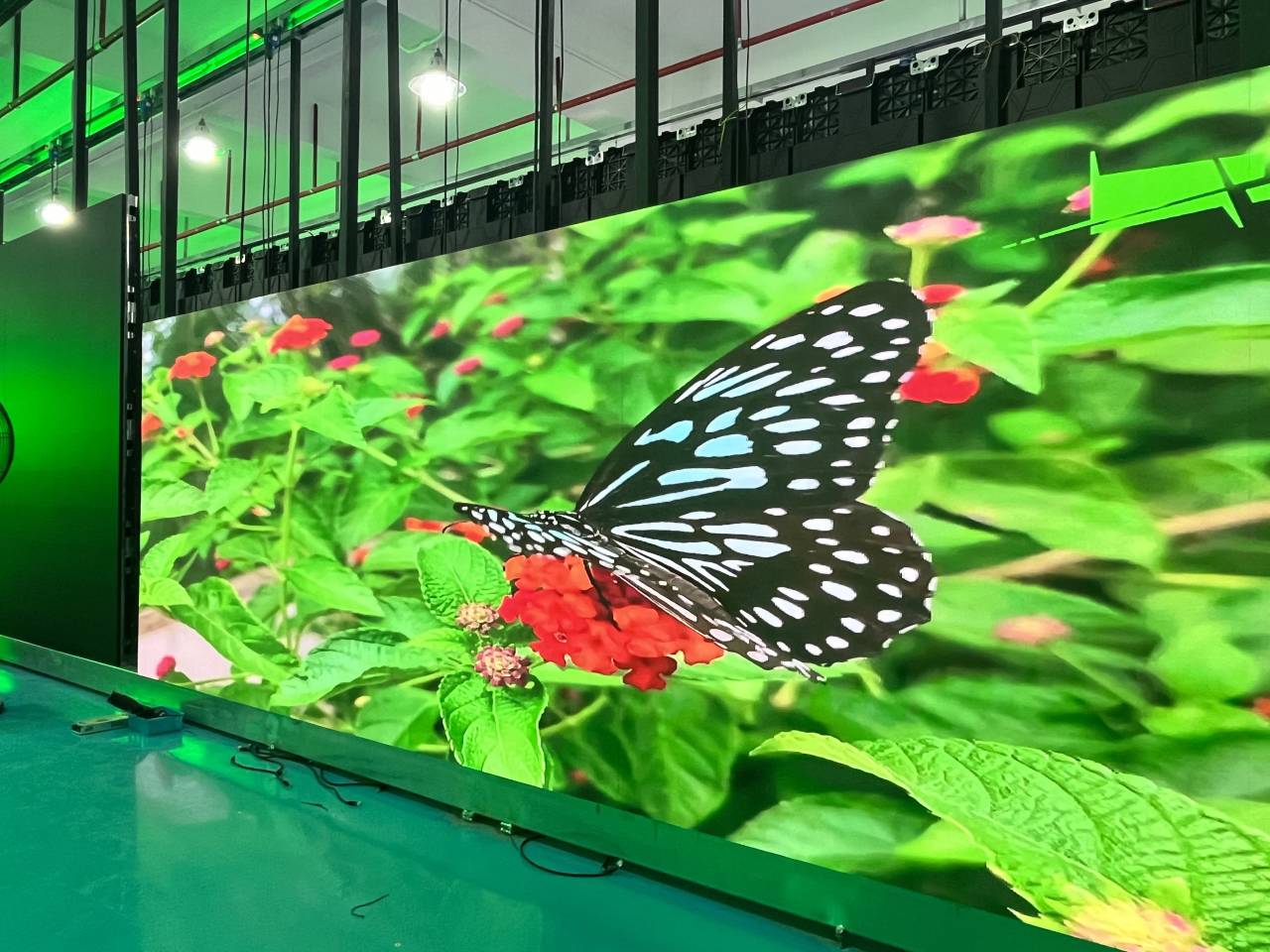Clarifying Luminescent Panel Surface Brightness Evaluations for Ideal Screen Effectiveness
Clarifying Luminescent Panel Surface Brightness Evaluations for Ideal Screen Effectiveness
Blog Article
Light Emitting Diode panel screens have become more and more favored across different environments, from residences and commercial spaces as well as public spaces. These screens are known for their vivid and dynamic visuals, that render these ideal for conveying information, advertisements, and entertainment. However, understanding the brightness measurements of LED wall panels is essential to guaranteeing ideal visual efficacy. Illumination can be quantified using metrics known as candelas, that show the amount of luminosity is emitted from the panel. The higher the number in candelas, the brighter the display is. For instance, instance, a panel boasting one thousand nits is significantly brighter than a featuring five hundred candelas, rendering it more suitable for well-lit settings.
When choosing an Light Emitting Diode wall panel, one is important to consider which setting where that it will be used. In well-lit illumined areas, like shopping malls or outdoor settings, a higher brightness rate becomes essential to guaranteeing clarity. On the other hand, in darker environments, such as theaters or conference rooms, a diminished illumination level may be adequate. This is because excessive bright unnecessary luminosity within an dim setting may result in viewer discomfort among the audience, causing them more difficult for concentrate with a screen. Thus, comprehending the specific needs of the installation site will aid with selecting a suitable illumination rate to ensure ideal visual experience.
A further crucial click element for take into account the contrast contrast ratio of the LED wall screen. This ratio measurement indicates how much disparity exists between the brightest most luminous light and the dark black that the panel is able to create. An greater differential proportion indicates the display can it can present more detail and depth, which improves general visual clarity. For example, one panel with a contrast proportion of 10,000:1 will display visuals featuring greater brilliant colors and sharper details than a with a ratio at one thousand to one. Such becomes especially crucial when displaying images or videos that require greater clarity and detail, such as slideshows and advertising material.
Moreover, the technology behind Light Emitting Diode panel screens has a crucial role for the illumination and overall performance. Various kinds in LED technologies, such as OLED and Liquid Crystal Display, possess unique characteristics that impact the way luminosity is experienced. OLED panels often provide superior differential and deeper shades, thereby may enhance the viewing experience within darker settings. Conversely, standard LED panels may prove to be better for bright spaces because of their ability to generate greater levels of illumination. Comprehending these technological variances will guide consumers in deciding on knowledgeable decisions based on their individual requirements.
Finally, regular care and calibration of Light Emitting Diode wall screens may help find out here now preserve optimal brightness as well as performance over time. Dirt as well as dirt may build up on a surface, affecting its brightness and sharpness in the visual. Regular cleaning and expert calibration can guarantee the panel panel operates in its optimal, offering consistent image clarity. Additionally, some sophisticated LED wall screens come with integrated features that enable users for modify brightness settings and color adjustments based on individual wants. Through taking these measures, users will ensure that LED LED panel screens deliver an optimal visual performance, no matter the setting where which these are used.